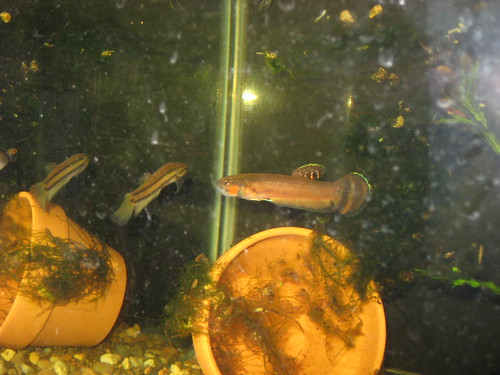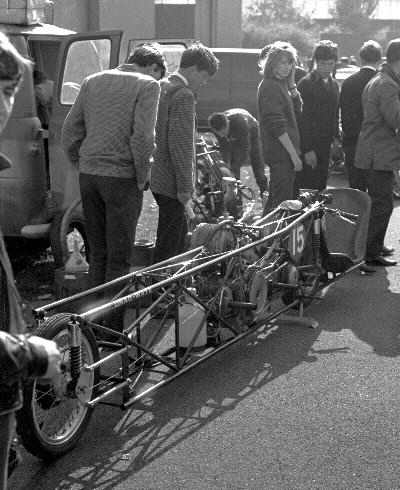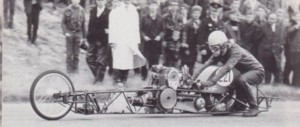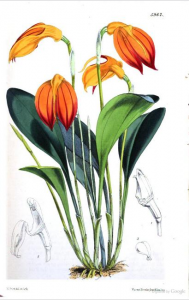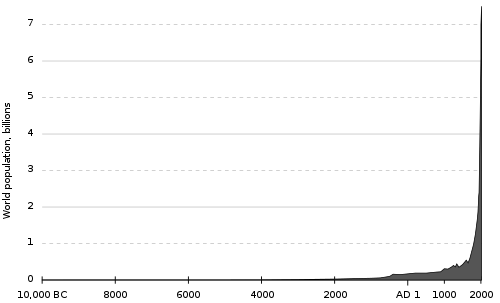I’m afraid I’m starting believe that 1st world institutions – as a whole – are not capable of responding to the oncoming train that is global warming.
It seems mind-numbing, but Sen. Jeff Bingaman (D-N.M.) said snowfall in D.C. has had an effect on policymakers’ attitudes. “It makes it more challenging for folks not taking time to review the scientific arguments,” said Bingaman, chairman of the Energy and Natural Resources Committee.
…
As the threat of the crisis grows more intense, Congress cannot act. The environmental consequences are likely to be severe and unforgiving. *
Protip for our largely old, white, male, not very bright solons: Weather does not equal climate and the plural of anecdote is not data.
The way things are playing out in Washington doesn’t make me hopeful – here’s John Cole’s accurate analysis of how things work – different topic, but the same dynamic applies (big quote, but read the whole thing. NOW.).
But here is the thing- we can’t do anything about it. I’m sure the House could pass a bill containing a small stipend for Americorps volunteers- in fact, I bet it would get a good bit of support. It might even be very popular with the entire country, as well as being good policy! Likewise, I bet almost all the Democrats and even some Republicans in the Senate would be in favor of passing that bill.
Except the bill would never pass, and I’m surprised James does not recognize that he is operating in a fantasy world. Once the bill hit the Senate, the fun would begin. Even though in the past there were probably numbers of Republicans who supported Americorps, the large majority of them would just flat out say no.
Wanting to negotiate in good faith, having never learned a lesson ever, the Democrats like Baucus and Conrad would slow down the debate to give the Republicans time to participate. Susan Collins and Olympia Snowe would work for a couple weeks with Senate leadership, get a couple things they want in the bill, then sigh and utter their public regrets that they just can not support the bill. Chuck Todd, the Politico, and other dullards in the beltway media would run a few pieces wondering why Obama hasn’t reached out more to moderates. While this is happening, the wurlitzer’s media blitz starts.
First off, we all know who loves Americorp- the Clenis. From there, it is all downhill. Breitbart would seize upon the bill, and claim that the anonymous stipend is just President Obama seeking to pay off his campaign volunteers- just like the KHMER ROUGE, POL POT, STALIN, AND DUVALIER! They would find some innocuous aspect of Americorps and turn it into something that is no doubt worse than Hitler.
…
The subservient GOP drones in the blogs would pick up everything Breitbart has said. Instapundit and Reason magazine would wake from their glibertarian slumber to denounce this “vast, wasteful expansion of government.” The Fonzi of Freedom, Nick Gillespie, would make fifty idiotic web videos decrying the bill, in between appearances on Fox News and penning stupid op-eds with Matt Welch in the NY Post. Pete Suderman and Megan McCardle would exchange links to each other, giving us all an eye into the steamy world of glibertarian pillow talk. Welch would do his own part, pointing out that the French have something very similar to Americorps, and he really enjoyed their services while he and his wife were in France, but now that they are here in America and rake in enough money that they don’t need those services, he will loudly and in the most smug manner possible oppose Americorps. Also, he is still pissed that his car was not accepted for Cash for Clunkers.
Malkin would start printing the addresses of Americorps volunteers, and would have her internet sleuths post a facebook picture of an Americorps worker drunk four years ago while in college. By this time, the noise machine is in full swing, and Rush, Glenn Beck, Hannity, the Heritage Foundation, the rest of the Koch funded “think tanks,” Fox News, the NY Post and the Washington Examiner, the NR, and the Weekly Standard and the other wingnut welfare publications would all embark on another disinformation campaign. *
Chris Hedges says something I think is true: it’s getting to be time to turn our backs on globalized capitalism – eschew WallyMart, expand the garden, raise a pig, redouble efforts to buy local – and transition to a simultaneously backyard (most physical feeds) and world-spanning (network infoculture) mode. Direct opposition can’t be the main approach; power/media/system ju-jitsu is called for.
All resistance must recognize that the body politic and global capitalism are dead. We should stop wasting energy trying to reform or appeal to it. This does not mean the end of resistance, but it does mean very different forms of resistance. It means turning our energies toward building sustainable communities to weather the coming crisis, since we will be unable to survive and resist without a cooperative effort. These communities, if they retreat into a pure survivalist mode without linking themselves to the concentric circles of the wider community, the state and the planet, will become as morally and spiritually bankrupt as the corporate forces arrayed against us. All infrastructures we build, like the monasteries in the Middle Ages, should seek to keep alive the intellectual and artistic traditions that make a civil society, humanism and the common good possible. Access to parcels of agricultural land will be paramount. We will have to grasp, as the medieval monks did, that we cannot alter the larger culture around us, at least in the short term, but we may be able to retain the moral codes and culture for generations beyond ours. *
(See here for another good Hedges post – this on the bankruptcy of traditional media: “The symbiotic relationship between the press and the power elite worked for nearly a century. It worked as long as our power elite, no matter how ruthless or insensitive, was competent. But once our power elite became incompetent and morally bankrupt, the press, along with the power elite, lost its final vestige of credibility. The press became, as seen in the Iraq war and the aftermath of the financial upheavals, a class of courtiers. The press, which has always written and spoken from presuppositions and principles that reflect the elite consensus, now peddles a consensus that is flagrantly artificial.”)
On a slightly brighter note, I’m reading Bruce Sterling’s The Caryatids. Reviews on Amazon are, to put it mildly, mixed; at approximately 1/3 of the way in, I’m enjoying it, perhaps because I find any post-onset-of-climate-crisis future where we’ve managed to retain some cultural continuity comforting. Based on the mixed reaction, you may want to use your local library or, if you follow @bruces, he twote a link to a pirate copy. Lest you think Caryatids is all sweetness and light, both major characters we’ve been introduced to so far have lost most of their families to violence in the starvation, food riots, disease and chaos as the climate crisis ramped up..


